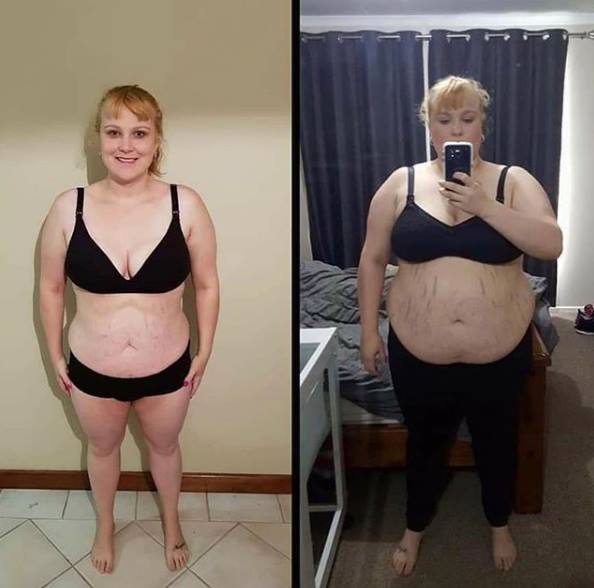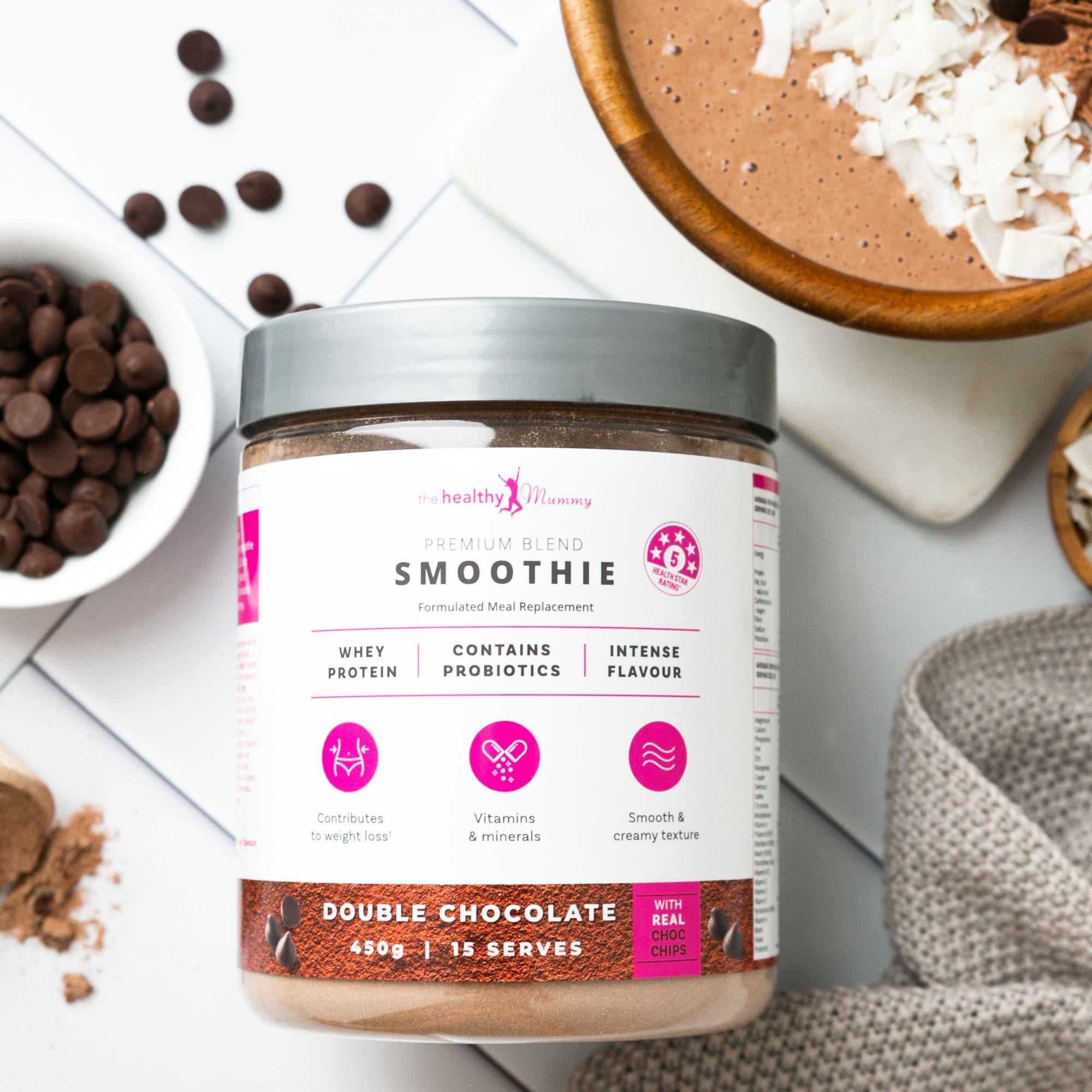Setting SMART Goals will help you succeed!
See if you can SMART-en up your weight loss goals. Write them down, and take the steps necessary to make them happen. Success is just around the corner!

What does success mean for you? It could mean achieving a goal such as losing weight, getting fitter, a better relationship, or finding more ‘me’ time.
Success can come in many different forms. By setting goals for ourselves, we can measure whether we have achieved them or not.
But if your goals aren’t followed up with a plan of attack, they remain as dreams that may never come to fruition.

Take a look at the goals listed in the first line of this article. Notice anything?
They are unspecific and unmeasurable. If you set a goal such as ‘getting fitter’ how will you know when you have achieved it?
If you say you want to ‘lose weight’, how will you know when to pat yourself on the back for doing it? For this reason, there is a popular acronym for goal-setting –SMART.
What are SMART goals?
This is how it works. Your goal needs to be:
- Specific
- Measurable
- Attainable
- Realistic
- Time-Frame
Let’s look at each of these more closely.
Specific
Being specific means that your goal is well articulated and clearly defined – if you don’t really know what you want then you aren’t likely to be motivated to achieve it.
It’s important to be specific about not only the outcome you want to achieve, but also the behaviour-based changes that are needed to get you there.
In addition to being specific, it is important to be clear about why it is important for you to achieve your goal. Ensuring your goal is worthwhile will increase your motivation and help you succeed in achieving it.
For instance, it is not specific to say, ‘I want to lose weight,’ but it is specific to say ‘I want to lose 10kg by improving my diet and increasing my exercise.’
In order for this goal to be motivating, however, it is vital that you think very deeply about why this is important for you. Move past the superficial reasons and hone in on what is really driving what you want to achieve.
Measurable
Making sure you have some aspect of your goal that can be measured or quantified is also important, i.e. 10kg. This allows you to track your progress by taking incremental measurements along the way (not too regularly) and gives you a ‘tangible’ outcome to celebrate.
Attainable
Make sure it is possible to achieve. If you set a goal that you have no hope of achieving, you will set yourself up for disappointment and frustration that will diminish your motivation and erode your confidence.
This is a classic outcome of the diet mindset, where an unachievable goal is set (i.e. I will NEVER eat chocolate again), which inevitably results in feelings of failure, self-blame and demoralisation.
Setting short-term stretch goals is an important tool to help make a long-term goal more achievable. That is, break down the 10kg weight loss goal into 5 incremental goals of 2kg weight loss; and be sure these 2kg increments are supported by specific behaviour-based strategies. i.e. “to lose 2 kg by replacing my morning tea biscuits with fruit”.
Realistic
Much the same as making your goal achievable, it must be realistic. If you’re goal is to lose weight, it is realistic (and sustainable) to lose between 0.5kg – 1kg of weight a week.
Given this, it would be unrealistic to aim to lose 10kg in 3 weeks. A more realistic goal would be 10kg in 12 weeks.
Time-Frame
While your goals must have a deadline, give yourself the time you need to realistically achieve the goal (i.e. 0.5 – 1kg weight loss per week).
Sustainable behaviour change takes time (on average around 2 months, depending on circumstances) but it is the difference between hitting your goal and then reverting back to where you started, and hitting your goal and maintaining it for years to come.
See if you can SMART-en up your goals. Write them down, and take the steps necessary to make them happen. Success is just around the corner!
SMART Goals Examples for Weight Loss
SMART goals are Specific, Measurable, Achievable, Relevant, and Time-bound. When setting weight loss goals, consider these examples:
- Specific: “I will lose 10 pounds in the next two months by following a balanced diet and exercising four times a week.”
- Measurable: “I will track my daily calorie intake and aim to create a 500-calorie deficit each day to lose one pound per week.”
- Achievable: “I will aim to lose 1-2 pounds per week, which is a realistic and healthy weight loss rate.”
- Relevant: “I will focus on losing weight to improve my overall health and reduce the risk of lifestyle-related diseases.”
- Time-bound: “I will achieve my goal weight of [specific weight] by [date], allowing for a steady and sustainable weight loss progress.”
Remember to tailor your goals to your individual circumstances, considering factors like your starting point, health status, and lifestyle. Always consult with a healthcare professional before making significant changes to your diet or exercise routine.
Working smarter, not harder is the key to losing weight
The majority of people on their weight loss journeys experience this at some point; it’s a widely occurring phenomenon called ‘upregulation’. Upregulation is the rallying of resources to give your goal/task your best, which requires a lot of energy in order to increase low levels of arousal or motivation.
Due to the resources being used in large amounts, upregulation increases exhaustion, which increases stress, which increases the likelihood of making unhealthy lifestyle choices. Sound familiar?
In order to fix this, neuroscientists looked at homeostasis- the ability to maintain equilibrium between brain and body and your environment. Thus they created the term ‘homeostatic value’ to describe the value that actions have on creating and maintaining this equilibrium. When this balance is out of whack, it can create burnout that has a ripple effect on other problems.
If you want to rebuild this equilibrium in order to work smarter this year, you can! It’s about working hard, then stopping to recover and then trying again!
Accept you’re going to have bad days
You can’t be perfect all of the time, and you really cannot expect your situation to be perfect either. Things happen that can steer you off track and that’s perfectly okay.
These minor setbacks are all part of the journey. As long as you are making steps in the right direction, then that’s what counts.

Use visual aids
Visual aids not only keep you organised, but they can also show you how far you’ve come. Create a motivation board with all your goals right there for you to see and use your calendar, a spreadsheet or journal to stay motivated and stay on track.

Identify your cues and triggers to break bad habits
Breaking unhealthy lifestyle choices is all about getting out of routine. And bad habits are hard to break. Before you can actually succeed in breaking a bad habit, you need to identify these cues; the triggers and stresses that result in the habit.
Once you have these triggers figured out, you can embed different cues during those times. For example, anytime you have a craving for something unhealthy, do 10 squats instead. In time, your body will start to associate these new cues. And your butt will look amazeballs.

Take it one step at a time
Start small. Start with one challenge. Our 28 Day Challenges are easy to follow and can be completed in just four weeks. 28 Days is attainable right?
And it could be just the push you need to prove that, yes, you can do it. And yes, you can stick to it.
Take part in the 28 Day Weight Loss Challenges – Join us right here.

Meanwhile, check out some great stories from women in our supportive communities.
Ready to Drop a Dress Size in 28 Days?
Never Go Hungry
Our program offers NO 1200 calorie restrictions
Workout at Home
Follow guided training videos with expert fitness instructors (no equipment needed!)
Feel Supported 24/7
In our private support groups with other mums just like you!
Eat Delicious and Healthy Food
With family-friendly, weekly meal plans & over 6,000 easy recipes developed by nutritionists
No lock-in contracts, cancel anytime.










